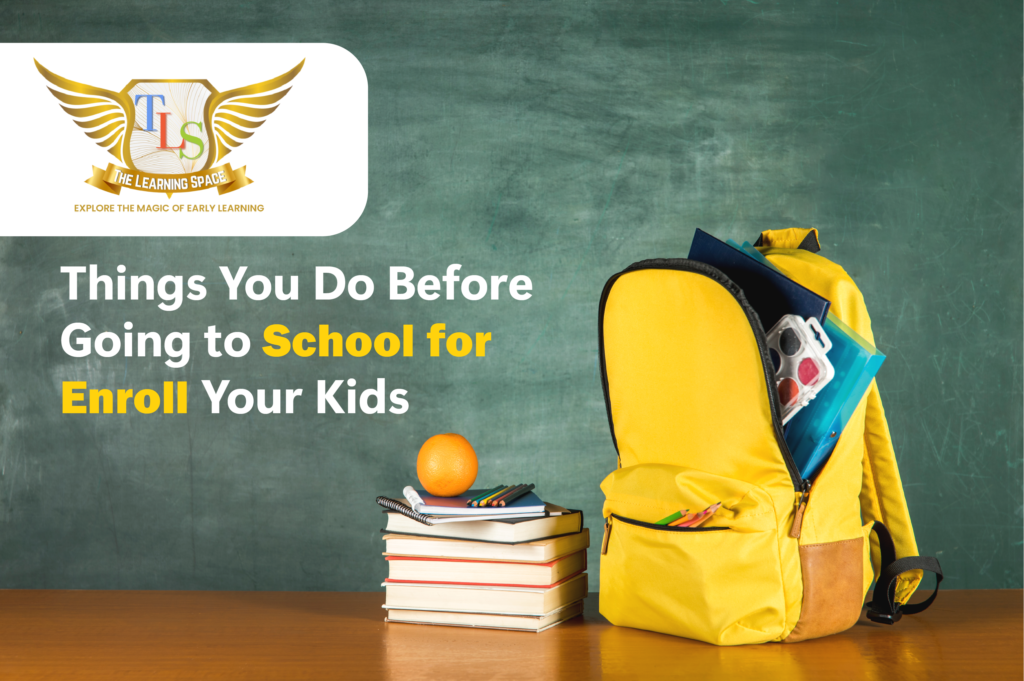They say safety on the road is a collective duty for everyone, be it a pedestrian, a cyclist, or a passenger in a bus, learning the traffic safety regulations will help to be safe from accidents. The absence of safe roads leads to them becoming unsafe, but with the right knowledge, both parents and children can be safe.
What Is Road Safety for Children?
Road safety, in other words, is a system that is set up to ensure that you and your loved ones are safe on the roads. It is recognized through observing the traffic safety rules, using safety equipment, and driving carefully when walking, riding a bike, or going on vacation in the car. The kids must be able to realize where they are, listen to the adults, and comprehend that walking on the roads should be taken seriously.
It is more critical to start road safety teaching sessions in young children. When a child grows up and he/she is aware of the road safety rules, the child is used to being guided by them. Both teachers and parents are responsible for giving these teachings to the little ones because the child can learn the road regulations in the right way by them.
Do’s and Don’ts for Road Safety
Do’s:
Teach Basic Traffic Signals
Traffic lights indicate when to slow down, stop, or proceed. Explain the meaning of to children:
- Red light – Stop. Do not cross the street.
- Green light – Go. It is alright to walk.
- Yellow light – Slow down. Be prepared to stop.
- Zebra crossing – Cross the road here, but only when safe.
If kids notice those traffic signs, they will understand when it is safe to cross the road and when they need to wait.
Hold Hands and Stay Close
The children should always walk holding hands with an adult while crossing the street. In this way, they are always safe, especially when many people are walking or a lot of traffic. Children who do not have such an adult present should walk in groups or go with their older brothers or sisters.
Be Alert
Be careful not to forget to watch to the left and right when you are walking across the street. Be aware of the sounds that indicate that the cars are coming and we have to be extra careful. Don’t walk near parked cars; little children might not be seen by the drivers there.
Don’ts:
Don’t Run Across the Road
Nobody should run across a road, even if they have to get somewhere quickly. Always proceed carefully and only cross the street at a zebra crossing or traffic light. The kids should never run across the road because the drivers cannot stop in time.
Don’t Play Near Roads
Playing on the streets or near the streets can cause accidents, so it is better if you play in the park which is safe and away from the moving cars. It is better if you play in a park that is far from the moving cars. Even if the street is empty, there could be a vehicle moving around the corner, so the situation is not safe.
Don’t Get Distracted
Avoid using earphones and mobile phones, or talking to other people while walking by the road. Always be aware of your environment. Most accidents are the result of the people being distracted, and they don´t see a car that is approaching them.
Road Safety Information for Parents
Walking to School with Your Child
If your child is a school walker, instruct them to:
- Use pavements wherever available.
- Cross only at pedestrian crossings.
- Walk on the left-hand side of the road, facing traffic.
- Wear light-colored clothing so drivers can see them.
- It is advisable for parents to accompany children until they can walk safely alone.
Traveling to School on a Bus
- When riding on a school bus, children should:
- Stand well back from the road when waiting.
- Wait for the bus to stop completely before boarding.
- Never run behind or in front of a bus.
- Sit appropriately and not stand when the bus is in motion.
- Parents should make sure the school bus abides by safety regulations and that it has a safe driver.
When Can My Child Cross the Road Alone?
Kids can begin crossing streets independently when they are mature enough to estimate traffic speed and distance. This is typically 10 years old, but it varies with how well they comprehend how to obey traffic rules and remain attentive.
Parents should:
- See if their child checks both ways before crossing.
- See if their child waits for a gap in traffic to cross.
- Make sure they only cross at safe places such as pedestrian crossings.
- If a child remains uncertain, it is advisable that they be escorted by an adult.
Fun Games to Teach Road Safety for Kids
Red Light, Green Light
This is an old game that children learn about simple traffic lights. A single individual acts as the traffic light and calls out “Green light!” for others to proceed and “Red light!” to halt. It assists children in learning when to proceed and when to halt in actual traffic conditions.
Some other activities include:
Road safety coloring books – Allow children to color traffic lights and safety signs.
Role-playing – Play out road safety scenarios wherein children role-play crossing the road safely.
Storytelling – Read stories regarding road safety champions who obey laws and remain secure.
FAQs of Road Safety Tips
How do parents make their children learn road safety rules?
Road safety can be taught to children through everyday life examples, games, and practice. Explaining traffic signs while walking with them does help. Educating through songs or rhymes related to traffic rules is another good idea.
How do you introduce road safety to children?
Begin with simple lessons on basic traffic signs and safe walking behavior. Utilize fun activities such as role-playing and storytelling to make the learning process a breeze. Demonstrate them real-life scenarios where they need to wait, look, and listen before crossing.
How to obey traffic rules?
Always:
- Walk on footpaths.
- Cross only on zebra crossings.
- Obey traffic lights.
- Be vigilant and avoid distractions.
- Dress in reflective or light-coloured clothes when walking at night.
What is the worth of road safety?
Road safety prevents accidents, saves lives, and keeps all of us safe. Learning them at a young age keeps the roads safer for everyone. The more we work on safety, the less we will have accidents. Roads need to be safe for all of us, and we can all contribute by playing by the rules.
Conclusion
Road safety is necessary for children and parents alike. By being careful and learning easy rules, we can all be safe. Following traffic rules is not only a matter of learning them but also applying them on a daily basis. Parents need to always lead by example because children learn from adults. Read these tips to ensure roads become safer for all!


